FROM THE ARCTIC CIRCLE TO ANTARTICA, if you’ve ever taken a breath from a scuba cylinder, there’s a good chance that cylinder was filled using a Stark Industries breathing-air compressor. For half a century dive operators and fill stations around the world have been using Stark compressors to fill divers’ tanks, trusting their quality to meet daily demands. It’s no surprise to find the same level of toughness and dependability in the compressors’ namesake: Jess Loren Stark.
A lifelong Texas resident, Stark began diving in 1954 with a double-hose regulator and no pressure gauge or buoyancy compensator. While studying law at Wharton, he enlisted in the U.S. Marine Corps in 1955 and served honorably for six years. Upon his discharge he returned home and started a small business.
“In 1962 I bought a small gun shop in Houston called Shooter’s Supply and eventually turned it into a machine shop since I had acquired a lathe and milling machine,” Stark said. “In 1968 the dive shop I frequented mentioned they needed an air compressor, so I figured I could make one for them and did. It seemed more lucrative than machining parts, so I kept at it. Word got out, I started hiring employees to handle additional sales, and the business began to grow.”
When Stark wasn’t building compressors, he was diving offshore in the Gulf of Mexico. After his first trip on the liveaboard Aqua Safari, he immediately began working on ways to get free dive trips — an approach familiar to many passionate dive professionals. First working as an unpaid deckhand and then offering repair and maintenance on the boat’s compressor, he eventually earned his U.S. Coast Guard Charter Boat Captain license and became the Aqua Safari’s assistant captain.
In 1972 Stark’s dive experience expanded into commercial diving, and he worked jobs in dangerous conditions that took him all over the United States. Stark recalls wearing an Advanced 2000 air helmet mated to a Viking drysuit with 70 pounds of lead, working in the intense heat of a South Carolina nuclear power station’s spent fuel pool as he was lowered into the 116°F liquid.
“After about 29 minutes I realized I was close to losing consciousness and radioed the tender to get me out,” he said. “I learned then that the backup diver on the surface had fainted while I was working.”
Stark still has his Kirby Morgan SuperLite 17 helmet with serial number #003, which he purchased in 1975 direct from Bob Kirby and Bev Morgan. He credits its sturdy design with saving his life on multiple occasions, one in which his dive umbilical became wrapped around a propeller shaft in heavy seas.
“The umbilical became a tightly packed 2-foot-diameter ball around the prop shaft, and I gradually unwound it while rotating the massive prop blade,” he explained. “The more wraps I got off, the easier the prop was to turn. But the stern was rising 6 to 8 feet out of the water with each wave, and every time it crashed down it caused a complete foam whiteout. On one of the downward crashes the force jerked the prop blade out of my hand, and the next blade below me rotated up and crushed my head between the blade and the ship’s hull. The helmet was so strong that my head was totally uninjured, and the only damage to the helmet was the destruction of the regulator, which caused it to free-flow uncontrollably.”
While Stark found fulfillment in his dive career and in the global distribution of his compressors, he is most proud of his years in law enforcement serving his community in Houston. Before he built his first compressor, Stark joined the Harris County Sheriff’s Office as a diver in 1965. The work was informal at first; deputies used privately owned boats, and the divers’ only responsibility was to remain available to work dive scenes day or night whenever called.
“We recovered everything you can imagine from the murky waters, rivers, and ponds of Harris County, where visibility was often zero,” Stark said, “including murder weapons, drowning victims, cars, counterfeiting equipment for the Secret Service, and a safe for the FBI, just to name a few.” After 35 years in the Marine Division, Stark transferred to the Sheriff’s Academy as a firearms instructor.
A diver can’t stay away from the water for long though; after years of training new recruits, Stark returned to the Marine Division to dramatic changes. “The county had purchased boats for the Sheriff’s Office, and we were assigned harbor patrols in the Port of Houston for the Department of Homeland Security,” Stark said. “Our duties included preventing unauthorized boats from entering security zones, and we carried personal radiation detectors to alert us to the presence of any nuclear devices while on patrol.”
After 56 years of service with the Harris County Sheriff’s Office and Reserve Command, Stark retired to spend more time with family and help his team run Stark Industries.
Close calls for Stark extended beyond his days as a diver and in law enforcement. Throughout his life Stark has been fortunate to survive countless brushes with death, some of which read like a Dos Equis “most interesting man in the world” beer commercial, yet he has the scars and newspaper clippings to prove them. He was shot in the hand by a derringer, shafted in the shoulder by a spear gun, charged by an elephant in Kenya, mauled by a lion in Rhodesia (modern-day Zimbabwe), and chased out of the water by hungry 12-foot bull sharks. He survived a plane crash in a pineapple field in Honduras and plugged the holes in a 65-foot steel- hull ship as it sank 80 miles off the Gulf Coast.
“In every calamitous event, I am grateful that God watched over and delivered me from disaster and my feckless nature,” he said. “After years of experiences kept to myself, I have been hounded by friends and family to share them. At their request I’m putting them together in a book to reflect on the importance of faith, family, and living a fulfilling life. My niece Desiree has already decided on a title for it: Nine Lives – And Then Some.” AD
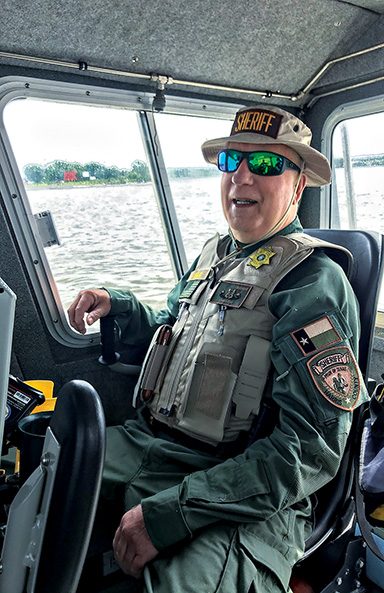
Ville d'origine : Houston, Texas
Âge : 86
Années de plongée : 69
Most Memorable Dive: Making more than 400 dives on the wreck of the V.A. Fogg shortly after it sank in 1972
DAN Member Since: 1995
Pourquoi je suis membre de DAN : The first time I discovered DAN it was a no-brainer to me. Why not have emergency evacuation support and dive accident insurance while doing my favorite sport, especially with the number of decompression dives I was making?
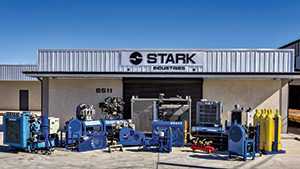
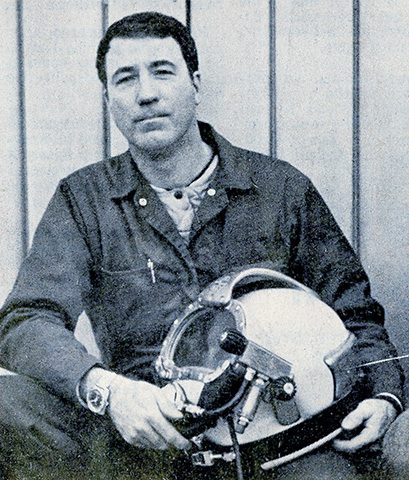
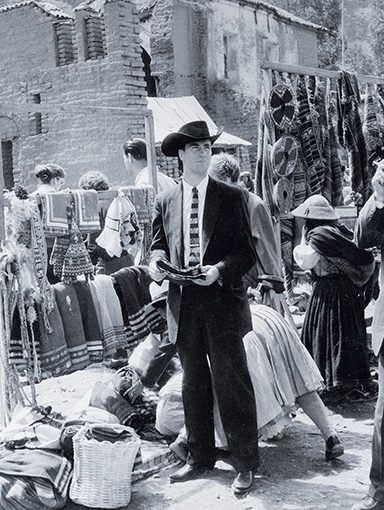
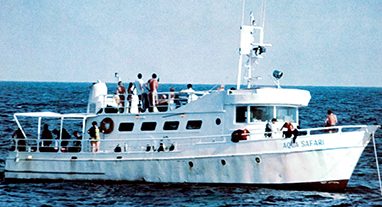
EN SAVOIR PLUS
Journey back to 1972 and dive on the wreck of the SS V.A. Fogg with the Aqua Safari liveaboard. This incredible and stunning footage taken by careered cameraman Rick Armstrong, preserves the history of a wreck that is now unrecognizable to those who dived it in the first few months of its sinking.
© Alert Diver - Q2 2023